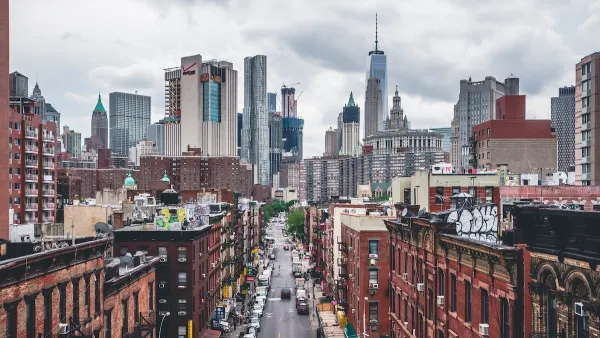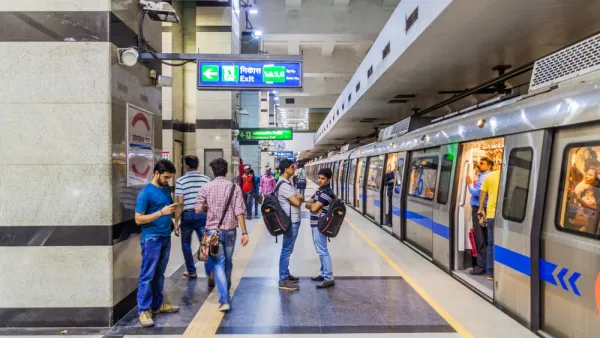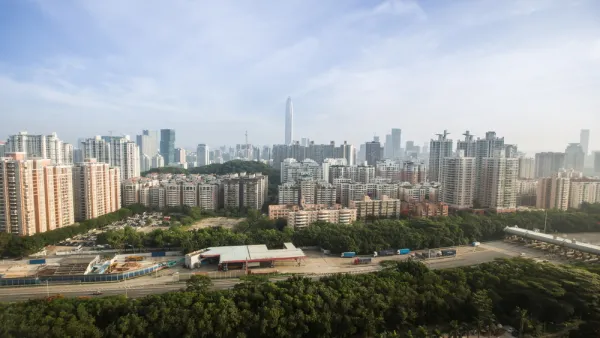Cities are undergoing major changes in terms of demographics and development patterns. How cities will react to these changes remains up in the air.
"We have more big cities now than at any time in our history. In 1900, only 16 had a population of one million; now it's more than 400. Not only are there more of them, they are larger than ever. In 1851, London had two million people. It was the largest city in the world by a long way, twice the size of Paris, its nearest rival."
"That version of London would seem like a village now. By the official definition, London has getting on for eight million people, but in practical terms, it's a city of 18 million, straggling most of the way from Ipswich to Bournemouth in an unforgiving tide of business parks and designer outlets, gated housing and logistics depots. There might be fields between them, but they are linked in a single transport system and a single economy. Those villages in Suffolk that are close enough to a railway station to deliver you to Liverpool Street in under 90 minutes are effectively as much a part of London as Croydon or Ealing and they have the house prices to prove it. The other big conurbations - from Birmingham to Manchester and Glasgow, names for cities that spread far beyond the bounds of political city limits - can be understood in the same way."
"The future of the city has suddenly become the only subject in town. It ranges from tough topics such as managing water resources, economic policy, transport planning and law enforcement to what is usually presented as the fluffier end of the scale, such as making public spaces people want to spend time in. It's about racial tolerance and civilised airports, the colour of the buses and the cost of the fares on them. Unless you have some kind of framework to make sense of all that, the city can seem to be about so many diverse things that it is about everything and nothing."
FULL STORY: Cities on the edge of chaos

Analysis: Cybertruck Fatality Rate Far Exceeds That of Ford Pinto
The Tesla Cybertruck was recalled seven times last year.

National Parks Layoffs Will Cause Communities to Lose Billions
Thousands of essential park workers were laid off this week, just before the busy spring break season.

Retro-silient?: America’s First “Eco-burb,” The Woodlands Turns 50
A master-planned community north of Houston offers lessons on green infrastructure and resilient design, but falls short of its founder’s lofty affordability and walkability goals.

Test News Post 1
This is a summary

Analysis: Cybertruck Fatality Rate Far Exceeds That of Ford Pinto
The Tesla Cybertruck was recalled seven times last year.

Test News Headline 46
Test for the image on the front page.
Urban Design for Planners 1: Software Tools
This six-course series explores essential urban design concepts using open source software and equips planners with the tools they need to participate fully in the urban design process.
Planning for Universal Design
Learn the tools for implementing Universal Design in planning regulations.
EMC Planning Group, Inc.
Planetizen
Planetizen
Mpact (formerly Rail~Volution)
Great Falls Development Authority, Inc.
HUDs Office of Policy Development and Research
NYU Wagner Graduate School of Public Service




























